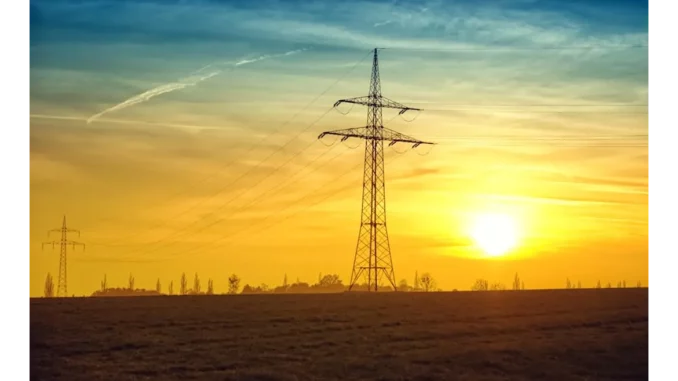
In a pivotal development for the energy sector, the British Civil Aviation Authority (CAA) has sanctioned the use of drones for the surveillance of critical energy infrastructures. This regulatory shift is poised to transform operational protocols across the United Kingdom, heralding a new era of technological integration within the industry. To explore the ramifications of this change, I spoke with Oliver Jenkins, a senior engineer at a prominent renewable energy company. Our dialogue revealed the multitude of practical implications stemming from this decision, encompassing technological advancements, real-world benefits, and the accompanying challenges faced by industry professionals.
Air quality is vital in planning. See how Focus360 Energy can assist.
Oliver, who boasts over a decade of experience in the energy sector, was visibly animated when discussing the CAA’s directive. “It’s a game changer,” he declared. The newfound capability to deploy drones beyond the visual line of sight (BVLOS) allows for the more efficient and safer monitoring of infrastructures, such as offshore wind turbines. Traditional inspection methods typically involved a significant degree of human involvement, which not only incurred high costs but also posed potential hazards. “Sending someone up a turbine in adverse weather conditions is risky,” Oliver explained. “Drones allow us to perform inspections irrespective of weather conditions, reducing risk to personnel and expediting the process.”
The enhanced operational efficiencies provided by drones extend beyond mere speed and safety. These unmanned aerial vehicles facilitate frequent and automated inspections, a vital component for predictive maintenance. “Swift post-storm damage assessments enable us to tackle potential outages before they transpire,” Oliver noted. This proactive strategy minimises service interruptions and bolsters the reliability of electrical networks, a crucial factor in maintaining uninterrupted energy supply.
Financially, the implications are equally compelling. Oliver underscored how the diminished necessity for manual interventions—especially in remote or hazardous locales—translates to considerable cost savings. “By curtailing maintenance expenses and downtime, we can bolster our bottom line,” he elaborated. Furthermore, the data collected via drones can be seamlessly integrated into existing systems, albeit necessitating some investment in IT infrastructure and staff training. Yet, with every technological advancement comes a suite of challenges. “The reliability of communications in remote areas, particularly for offshore infrastructures, remains a hurdle,” Oliver conceded. “Preventing interference with other aircraft is another critical concern. Collaboration with the CAA is indispensable as we establish rigorous protocols to ensure safety.”
Oliver also addressed the implications for renewable energies. “Within the context of the UK’s energy transition, drones can enhance infrastructure reliability while reducing maintenance costs,” he stated. For instance, drones play an essential role in performing rapid inspections for the development of new wind farms. This integration not only supports the UK’s commitment to renewable energy but also aligns with broader objectives for sustainable growth.
The broader implications of the CAA’s decision were also a focal point of our discussion. Oliver speculated that this could set a global precedent, encouraging other regulatory bodies worldwide to follow suit. “If other nations adopt similar policies, it could lead to a harmonisation of regulations regarding drone use in the industrial sector,” he suggested. Such a shift would not only enhance competitiveness among energy companies but could also catalyse innovation across a spectrum of industries, from construction to natural resource management.
As our conversation drew to a close, Oliver shared an optimistic vision for the future. “The widespread adoption of drones has the potential to revolutionise industrial practices far beyond the energy sector,” he enthused. “Transportation, construction, and natural resource management could all experience significant efficiency gains. It’s an exhilarating time to be part of this industry.”
The CAA’s decision to permit the use of drones for monitoring energy infrastructures signifies a monumental advance in the sector. While challenges persist, the potential benefits in terms of operational efficiency, safety, and cost reduction are profound. As the industry acclimatises to these changes, the role of drones is likely to expand, ushering in a new era of technological innovation and industrial transformation.


Be the first to comment